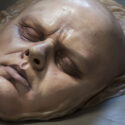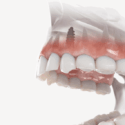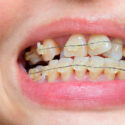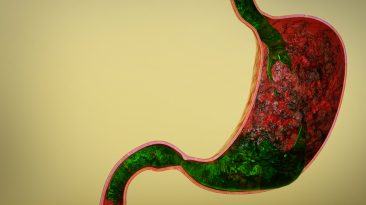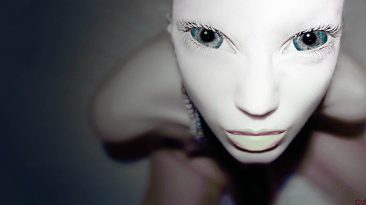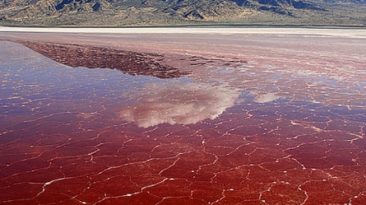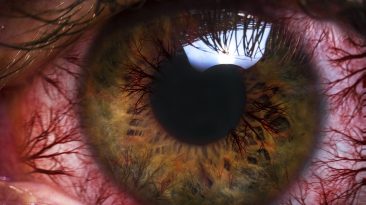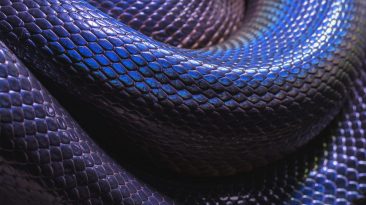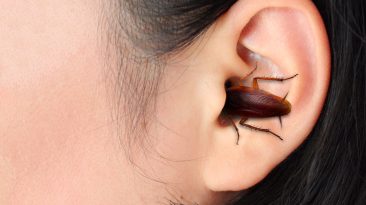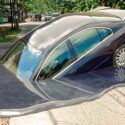Your belly button may seem useless, but this passage once kept you alive. And this is what remains of the most profound connection you’ve ever shared between you and your mother. So what would happen if you poked it too hard and this piece of your history came undone?
What would happen to your organs? Would you constantly be leaking fluid? And would you pee yourself? Oh, man, someone grab a towel. Now, please.
While you, as a fetus, developed inside your mother’s womb, your bodies were attached through this, the umbilical cord. Able to grow up to 70 cm (27 in), this tube fed nutrients to you from the placenta. And after you were born, a doctor clamped and cut the cord, leaving you with this scar.
It’s useless now, but without this tiny bit of flesh, your body would fall apart. But if you have an ‘outie’ belly button, are your organs already at risk?
A small number of people have omphalophobia, the fear of belly buttons. So for those people, let’s clear something up. Your belly button isn’t a knot. It just looks coiled up.
But it’s a scar, so nothing can come unraveled. But it could get dissolved. And if it did, an infection could run rampant throughout your body. And now you can be afraid.
In this area, you can find direct links to the liver and the bladder. If these connections to your organs become exposed, an infection could be lethal. So what could make this area fall apart? Well, if the umbilical cord didn’t heal properly, the tissue could wear down over time. And if that happened, your outie belly button could start to leak. And if you think having an innie is any better, well, keep watching.
In most cases, an outie belly button is the natural result of the tissue healing in this protruding shape. Some women have their navel flatten or even stick out further during pregnancy due to the pressure building within their bodies. Their innies could balloon into outies.
But for infants, this could be a sign of an umbilical hernia, their intestines and body fat pushing through the stomach muscles under the belly button. This condition usually heals itself after the baby is over 18 months old. But if you live with this abnormality, it would leave your skin red, swollen and oozing with pus. Good luck getting that pierced.
When you were a baby, you had a canal between your bladder and belly button, which usually disappears when you get older. But in rare instances, this canal can remain. And it can cause urine to leak out of your navel. A surgery after birth can repair this condition. But if your belly button unraveled, you could be leaking urine all the time. Oh man, it’s everywhere.
You may think your life is the only one on the line, but if you had an innie, you could have up to 67 different species of bacteria in your belly button. Biologists studying the relationship between humans and bacteria could even create cheese from the microbes living inside here.
And a cheese made from your belly button could taste different than anyone else’s cheese. Let me explain that. Researchers studying dozens of belly buttons found that some people had bacteria unique to them. There could be microbes on your body that can’t be found anywhere else in the Universe. But with the constant infections and treatments you would endure, you could eradicate entire species of bacteria in your body forever.
After you’re born, this tissue does not have a vital function anymore. But if it disappeared, you and everything around you would be a complete mess. With all these fluids draining out of you, what would happen next? What if your stomach acid disappeared?
Sources
- “Umbilical Cords: What You Need To Know”. Wendy Wisner. 2021. Verywell Family.
- “Why belly button pain during pregnancy is still a mystery”. Robyn Horsager-Boehrer, M.D. 2021. utswmed.org.
- “What’s really going on behind your belly button”. Hannah Dahlen, The Conversation. 2021. CNN.
- “Baby Belly Button: Care, Keeping It Clean, What To Expect”. 2021. Healthline.
- “What is the belly button, does it serve any purpose, and why is it an “innie” or an “outie””. 2018. ZME Science.




